 Shutterstock
Shutterstock
Before luxury dog spas and gourmet kibble, some dogs earned their place by working, hunting, herding, and protecting with grit and loyalty. They curled beside campfires, drank from streams, and proved their worth daily—no memory foam beds required. These breeds weren’t made for cuteness or handbags; they were built for survival and partnership. Before treats came in heart shapes, these dogs helped shape human history. They’re the original blueprint of the bond we share with dogs today—ancient, unbreakable, and rooted in purpose.
Basenji
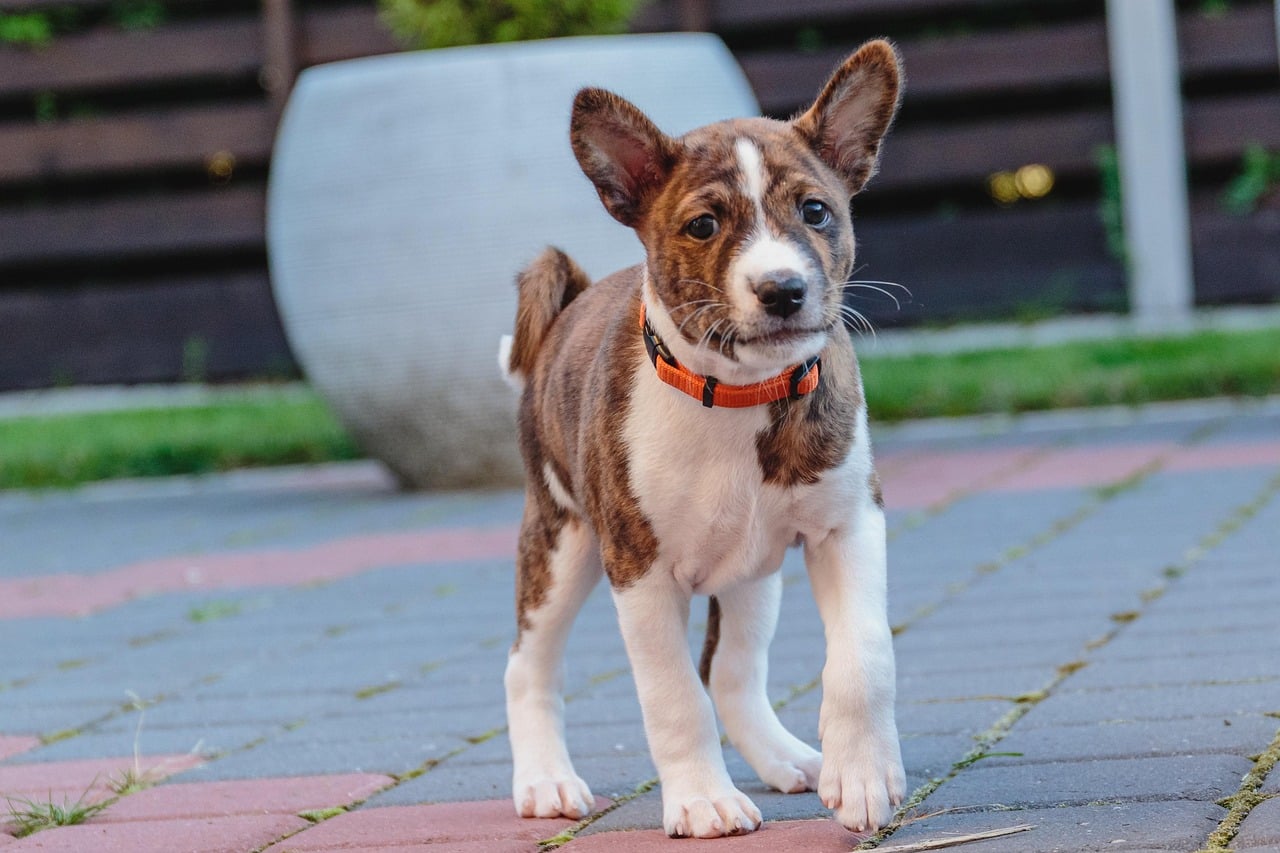 Shutterstock
Shutterstock
The Basenji is a barkless wonder from Central Africa and is often dubbed the “dog of the pharaohs.” Depicted in ancient Egyptian art and praised for its stealth and intelligence, the Basenji was initially bred for hunting in dense forests. This dog didn’t need a designer leash or artisanal treats — it needed speed, agility, and a serious sense of direction. Its yodel-like vocalizations, rather than traditional barking, set it apart as something uniquely ancient. The Basenji is a self-cleaning, independent survivalist who once curled up under the stars, not in a temperature-controlled dog crate.
Saluki
 Shutterstock
Shutterstock
The Saluki looks like it could step off a fashion runway, but it actually sprinted out of ancient Persia and Egypt thousands of years ago. Revered as a gift from Allah and mummified alongside royalty, this elegant hunter was a favorite of nomadic tribes. Salukis didn’t require fancy collars or coordinated outfits — they just needed open space, a good chase, and a warm campfire to nap beside. With their long legs, deep chests, and silky coats, they were built for function and speed long before they were considered beautiful. A true minimalist with maximum legacy.
Afghan Hound
 Shutterstock
Shutterstock
If you thought flowing locks and aloof attitudes were a modern invention, meet the Afghan Hound — an ancient breed that wore its glamour before grooming salons were a thing. Originating in the cold mountains of Afghanistan, these dogs were used for hunting large game across rugged terrain. Beneath that silky coat is a strong, athletic body made for speed and endurance. Afghan Hounds were appreciated not for their fluff but their performance in tough environments. They may act regal today, but their roots are in grit, not glitz.
Xoloitzcuintli
 Shutterstock
Shutterstock
The Xoloitzcuintli, or Xolo for short (because most people like their tongues intact), is one of the oldest and rarest dog breeds in the world. Native to Mexico and beloved by the Aztecs, Maya, and Toltecs, this hairless wonder was more than just a companion — it was a spiritual guide and even a bed warmer. Xolos were believed to ward off evil spirits and were often buried with their owners to help them in the afterlife. They didn’t need a dog bed — their job was to be the bed. And the bowl? That was probably a communal offering beside a clay idol.
Alaskan Malamute
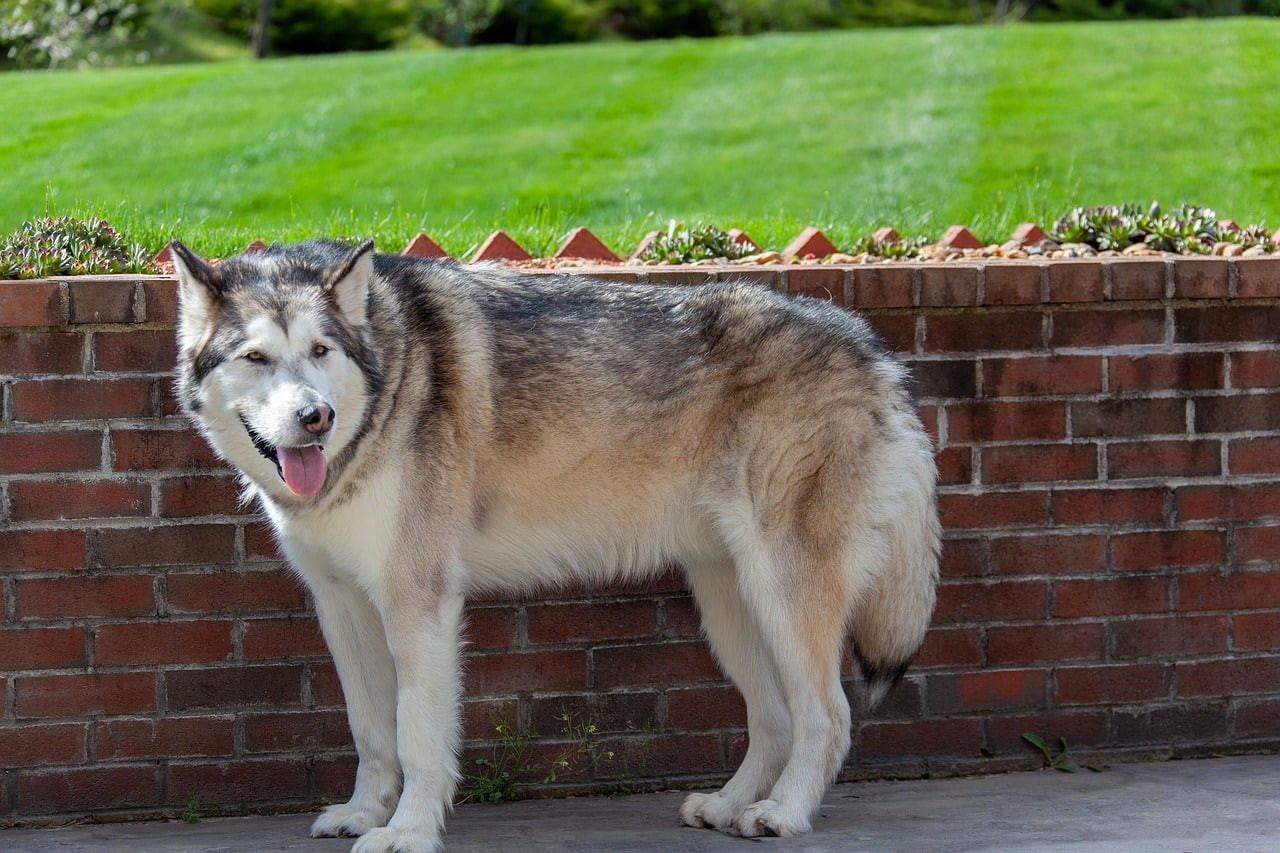 Shutterstock
Shutterstock
Bred by the native Inuit tribes of Alaska, the Alaskan Malamute wasn’t snuggling on a plush orthopedic bed — it was pulling heavy sleds across brutal tundra. These dogs were vital partners in transportation, hunting, and survival in some of the harshest climates on Earth. Malamutes are powerful, resilient, independent, capable of withstanding subzero temperatures and thriving in snow-covered landscapes. Their beds were snowbanks, their bowls were frozen streams, and their toys were probably mammoth bones. A true snow warrior wrapped in fluff.
Akita Inu
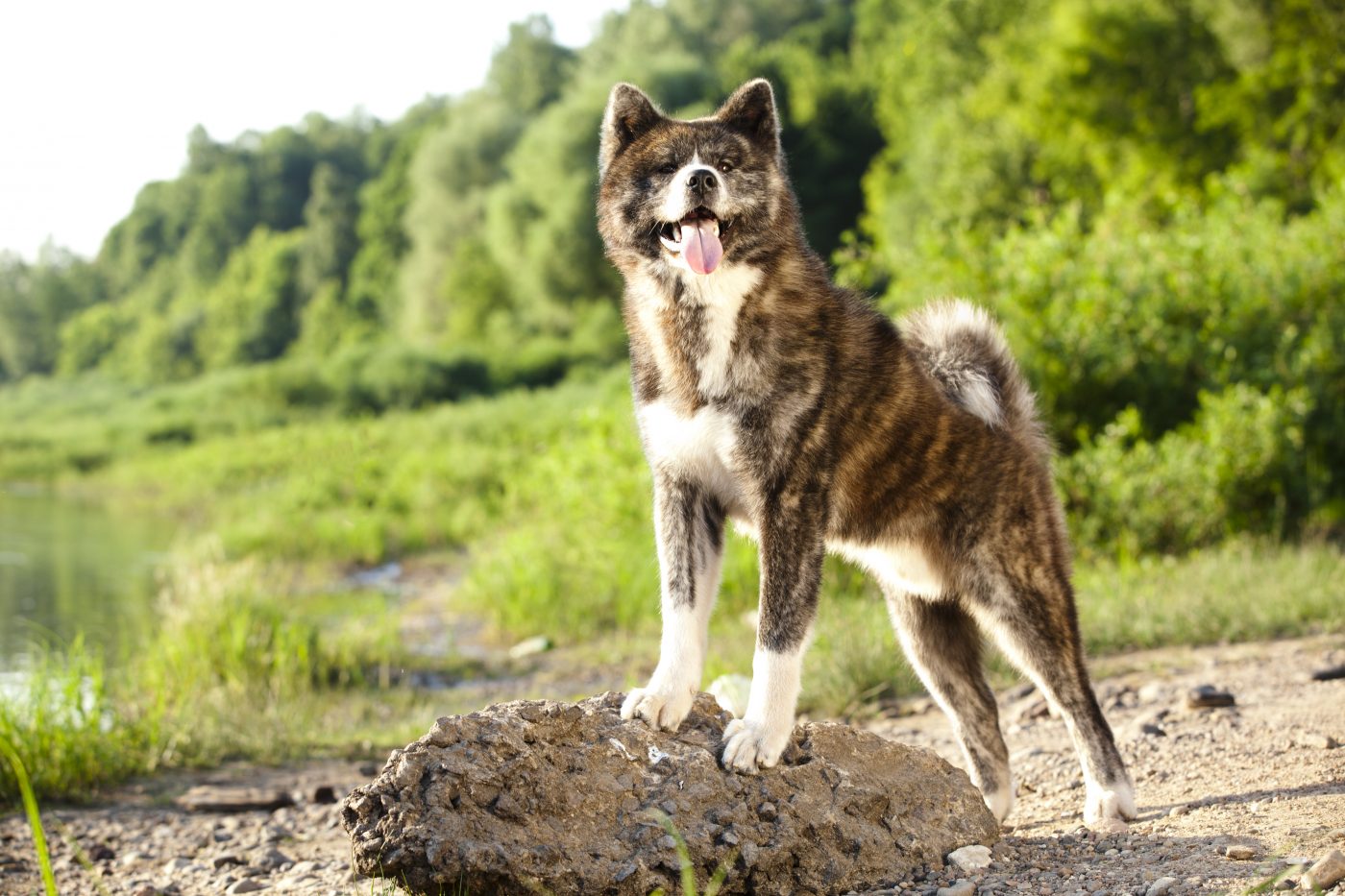 Shutterstock
Shutterstock
The Akita Inu comes from the rugged, mountainous regions of Japan and was initially used for guarding royalty and hunting large game like boar and bear. This breed didn’t have time for luxury — it had a job and loyalty to uphold. Akitas are stoic, bold, and dignified, traits that were respected long before tail wags were documented on TikTok. They were once considered spiritual protectors, not lap dogs and their sleeping quarters were likely dirt patches outside a temple rather than beds shaped like donuts. If they could talk, they’d politely decline your fleece hoodie offering.
Tibetan Mastiff
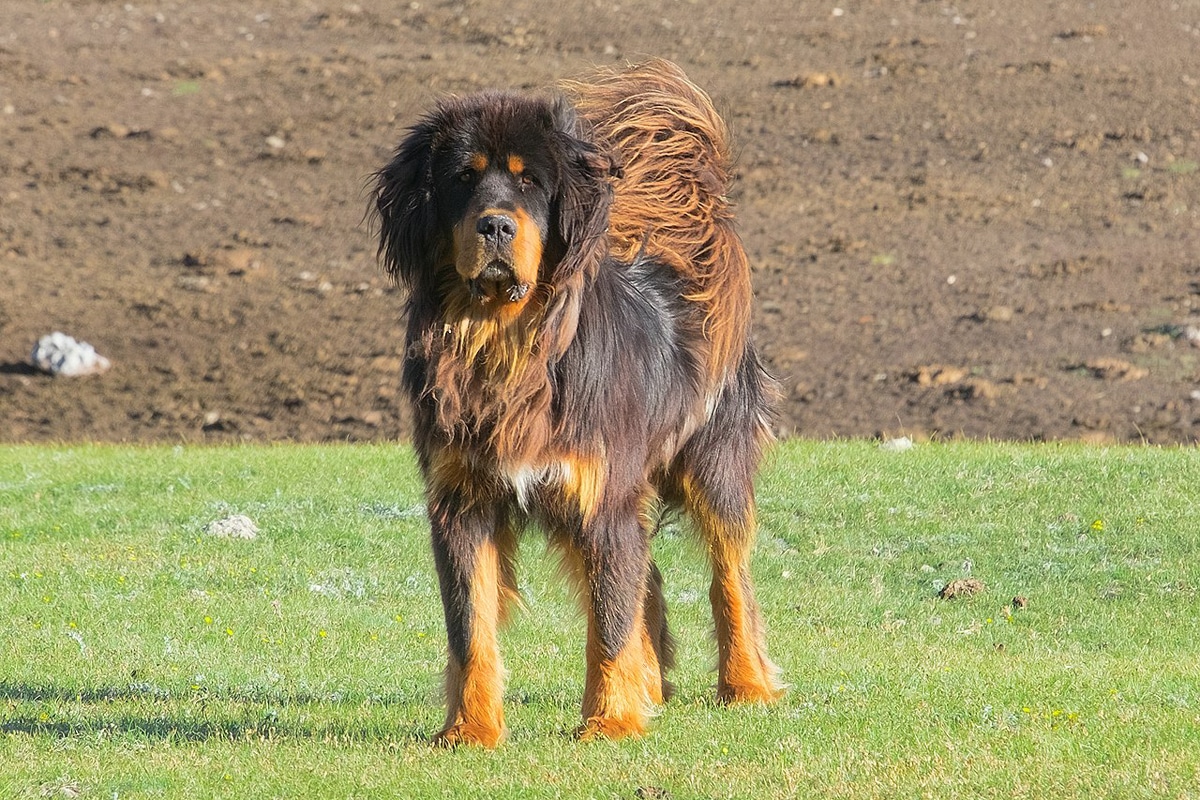 Shutterstock
Shutterstock
Massive, majestic, and mildly offended by your need for cuddly obedience, the Tibetan Mastiff was the OG temple guardian. Bred by monks in the Himalayas, this breed didn’t just survive the cold — it stared it down like a stubborn mountain deity. These dogs protected entire villages and flocks, often left alone for days with nothing but instinct and a terrifying bark. No treat puzzles, no paw balm — just raw loyalty and much fur. Their version of luxury? Not freezing to death in a monastery courtyard.
Pharaoh Hound
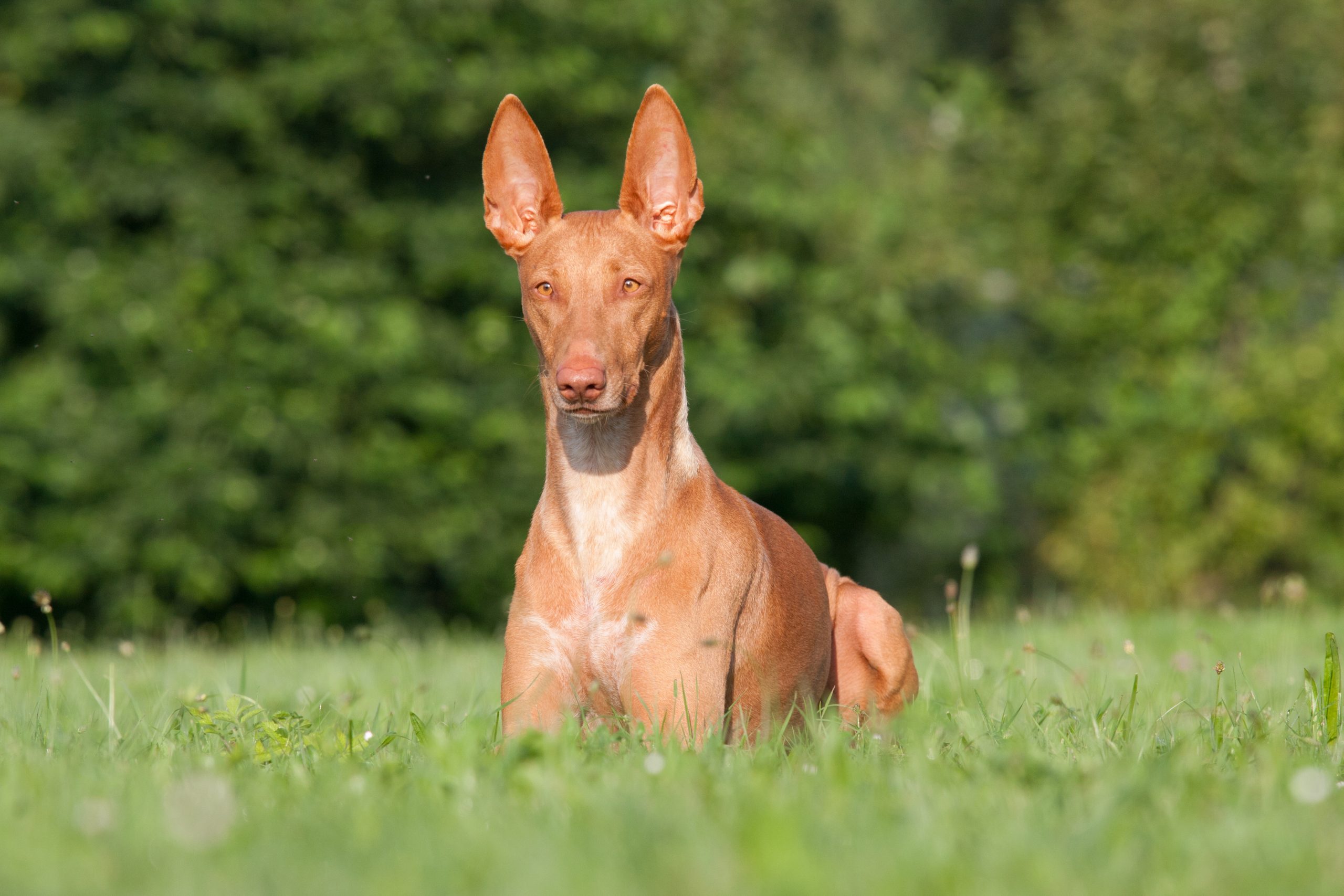 Shutterstock
Shutterstock
Despite the name, the Pharaoh Hound hails from Malta, but its ancestry links it to the noble dogs of ancient Egypt. These elegant sighthounds were used for hunting small game and are known for their unique ability to blush when excited. But don’t let the sleek look fool you — they didn’t come from pampered palace life. These dogs ran across rugged terrain, slept in sand-swept shelters, and lived life on the edge of civilization. Their accessories? Sand, wind, and the occasional ancient royal admirer.
Canaan Dog
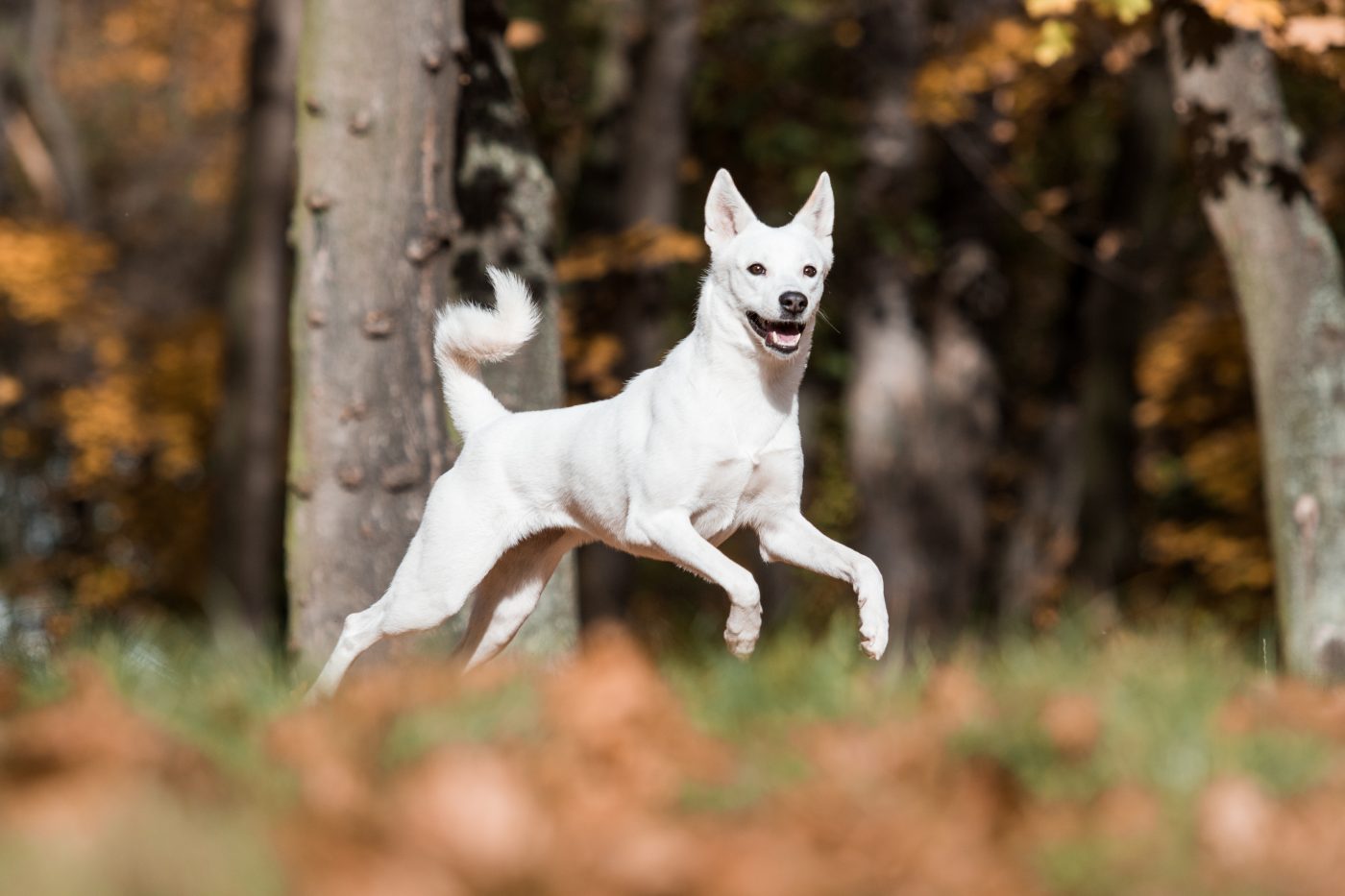 Shutterstock
Shutterstock
The Canaan Dog is one of the oldest known pariah dogs, having lived wild in the Middle East for centuries before humans domesticated them. Ancient Israelites used them for guarding and herding; they were highly intelligent, self-reliant, and always ready to take initiative. These dogs didn’t wait for instructions — they assessed situations and acted, often serving as military dogs during more recent wars. They didn’t sleep on beds but on hot desert earth. And while your modern pup barks at delivery trucks, the Canaan dog once kept entire camps safe from wild predators.
Siberian Husky
 Shutterstock
Shutterstock
While your Husky might now be an internet meme machine, its ancestors were busy saving lives and surviving Siberian winters. Bred by the Chukchi people of northeastern Asia, Siberian Huskies were essential for pulling sleds, hunting, and warming up freezing humans at night. These dogs worked in packs and thrived in conditions that would make most humans cry into their snowsuits. Their reward? The honor of not freezing. Forget heated bowls or chewable dental treats — these dogs were raised on teamwork and tough love.
Greenland Dog
 Shutterstock
Shutterstock
The Greenland Dog is one of the oldest sled dog breeds, developed by the Inuit people of Greenland over 9,000 years ago. Used for hunting polar bears and navigating icy landscapes, these dogs were as essential as fire and food. Tough, independent, and practically built from icicles and determination, they required little care beyond companionship and purpose. Their “bed” was a snowdrift. Their “bowl” was melted ice. And their toys? Probably a walrus skull. This breed is raw survival in a very furry package.
Chow Chow
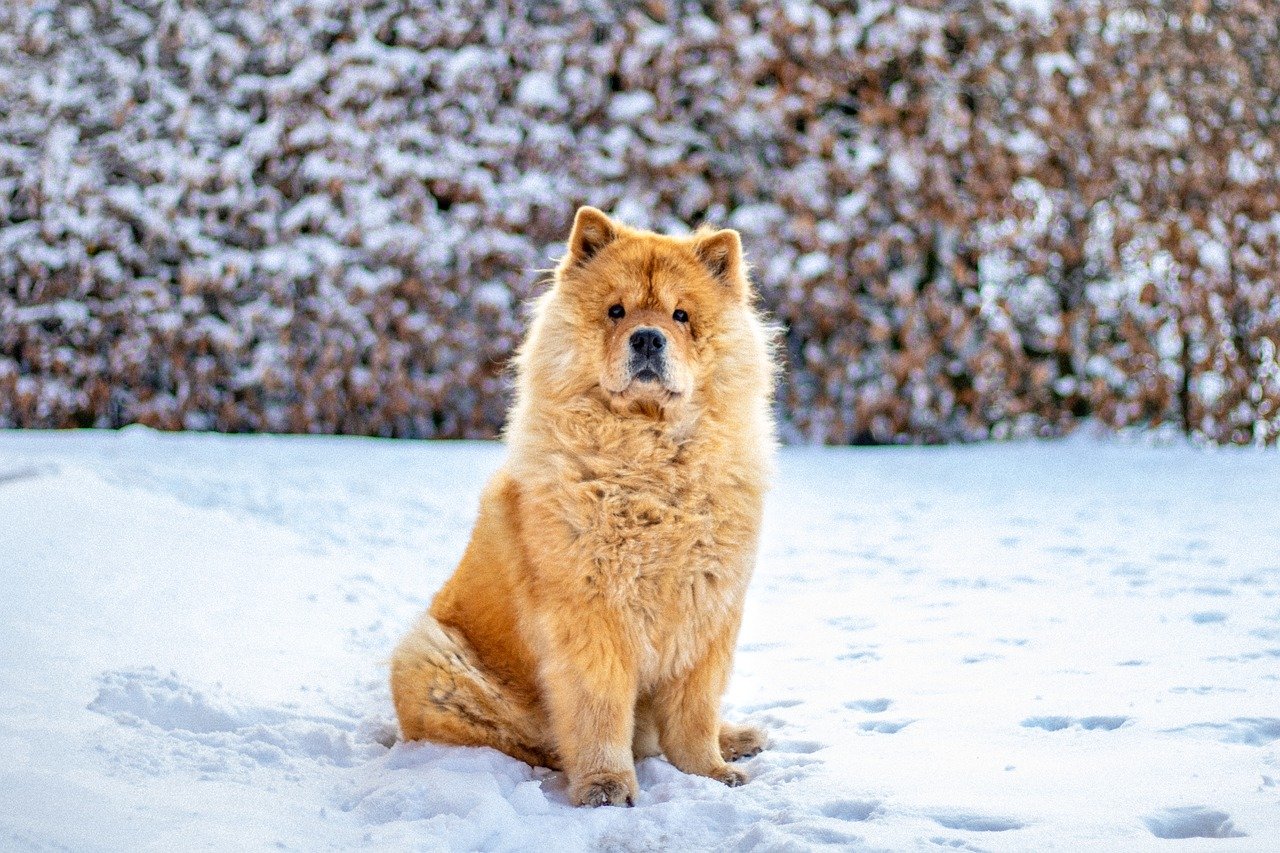 Shutterstock
Shutterstock
The Chow Chow may look like a grumpy teddy bear now, but it once guarded temples and pulled carts for ancient Chinese dynasties. With a lineage over 2,000 years old, this breed has long been admired for its loyalty and protective instincts. They weren’t lounging on embroidered cushions back then — they were standing sentry, possibly judging your soul through their blue-black tongues. While today’s Chows may enjoy the finer things, their ancestors were stoic warriors, not boutique accessory models.
Shar Pei
 Shutterstock
Shutterstock
With wrinkles that look like they’ve survived multiple dynasties — because they have — the Shar Pei is another ancient breed from China with roots that stretch back thousands of years. Initially bred for guarding, hunting, and even fighting, the Shar Pei’s loose skin helped protect vital organs during combat. Their bed was likely a stone floor or a farmer’s yard, not a self-warming orthopedic mat. While their wrinkly charm has won over modern hearts, this dog’s past is more battlefield than boutique.
The Ancient Snout-Sleepers Society
 MidJourney
MidJourney
These dogs didn’t need fancy beds, temperature-controlled rooms, or artisanal food bowls shaped like flowers. They slept on dirt, stone, snow, or sand without complaint and still remained the most loyal and devoted companions humans could ever hope for. Their legacy isn’t built on luxury or appearance—it’s carved from endurance, courage, and unwavering loyalty. These breeds remind us that true companionship doesn’t need frills. It needs heart, grit, and a whole lot of prehistoric paw power that stood the test of time—and looked great doing it.

 1 week ago
6
1 week ago
6
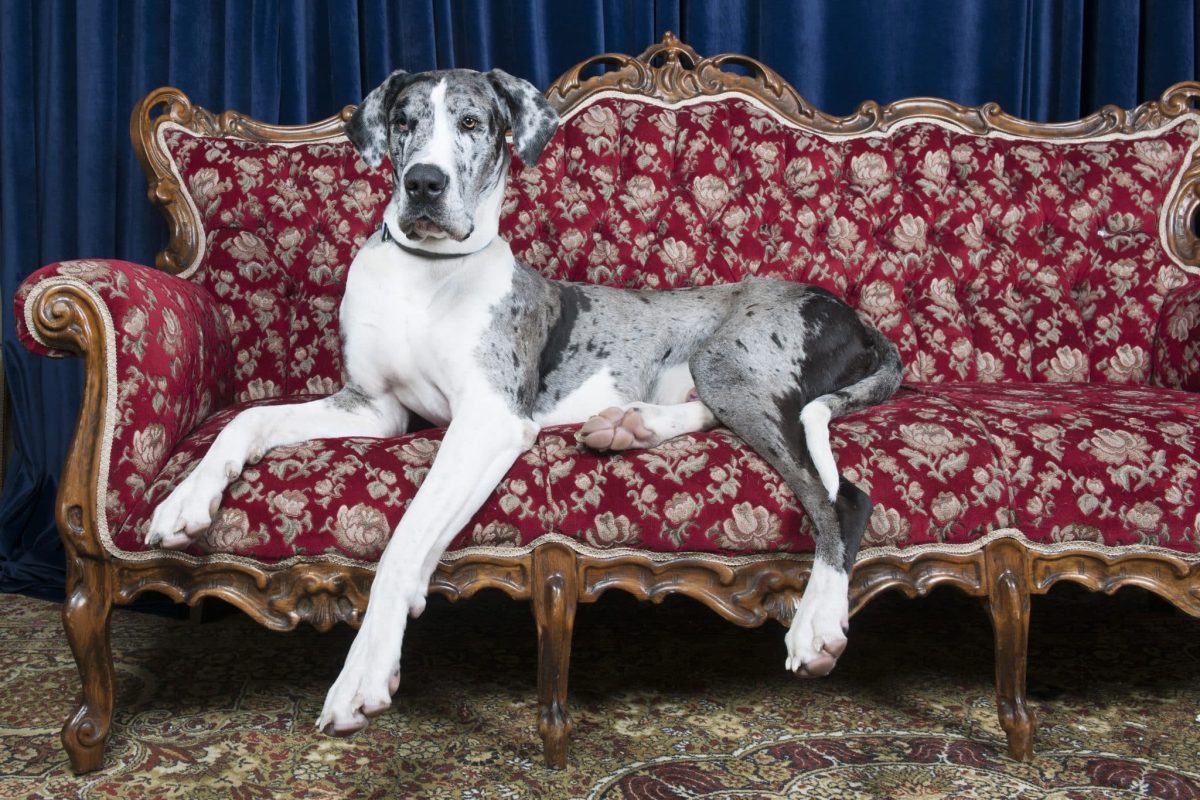

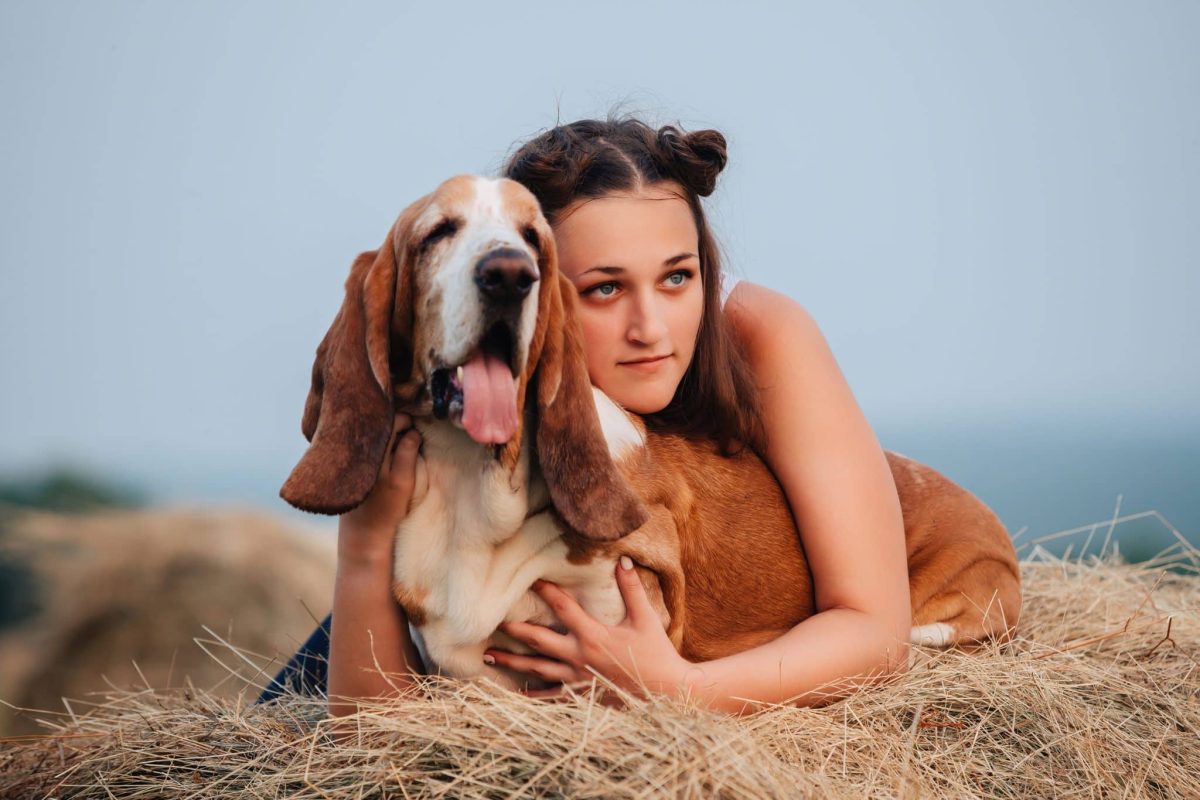







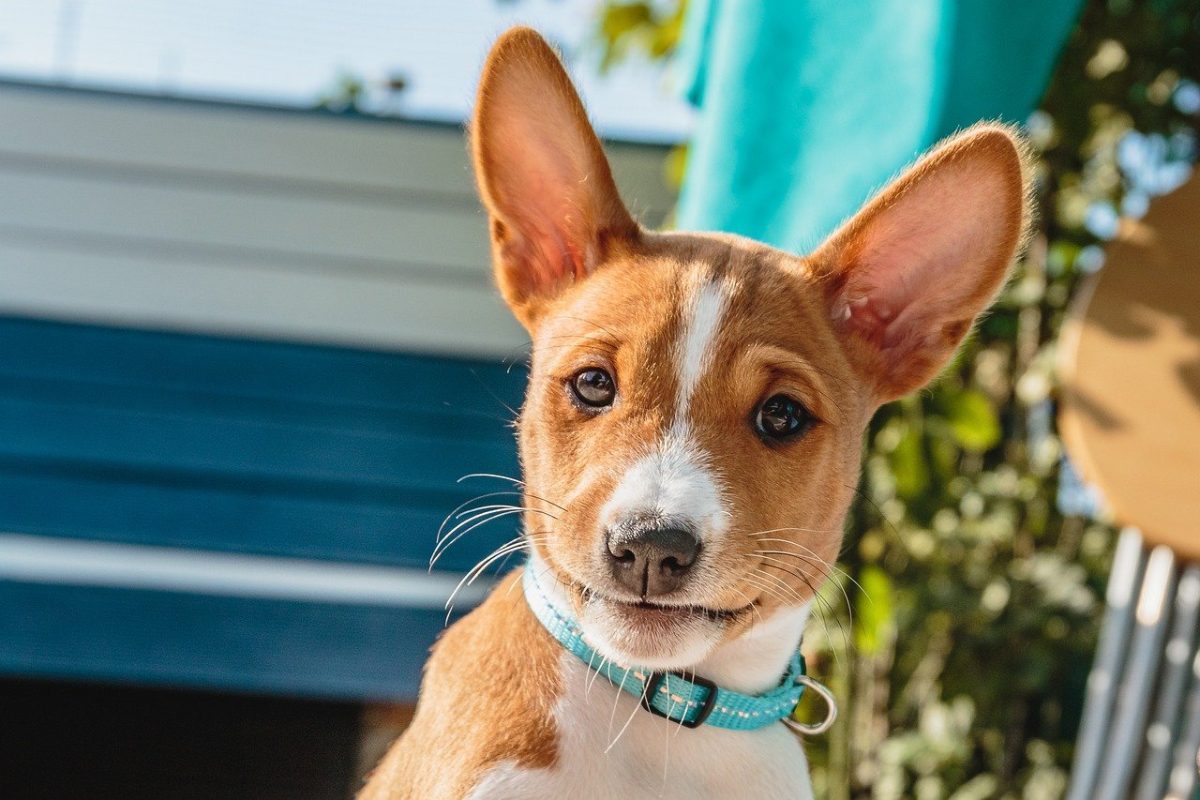

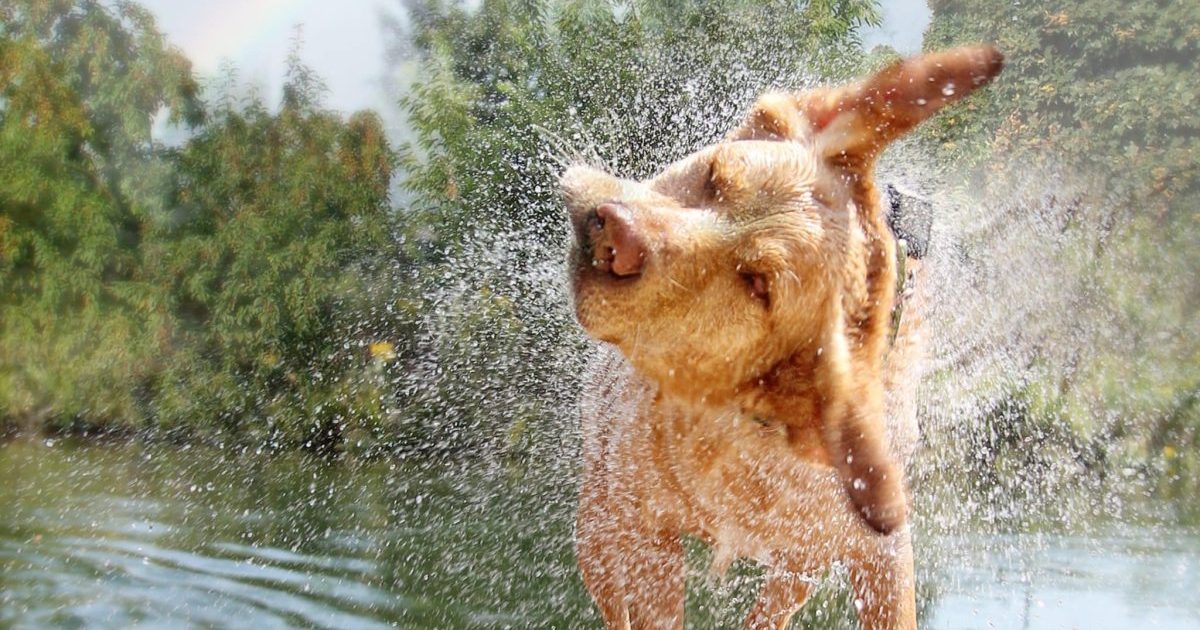

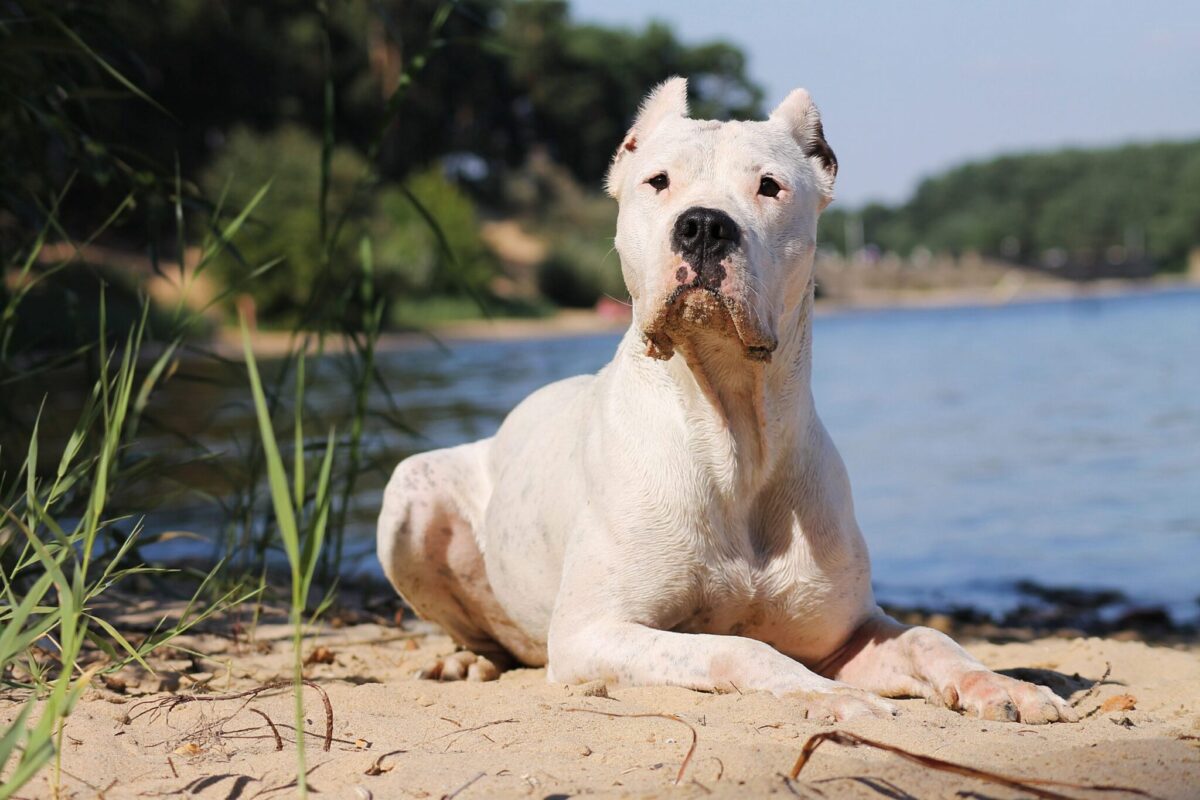
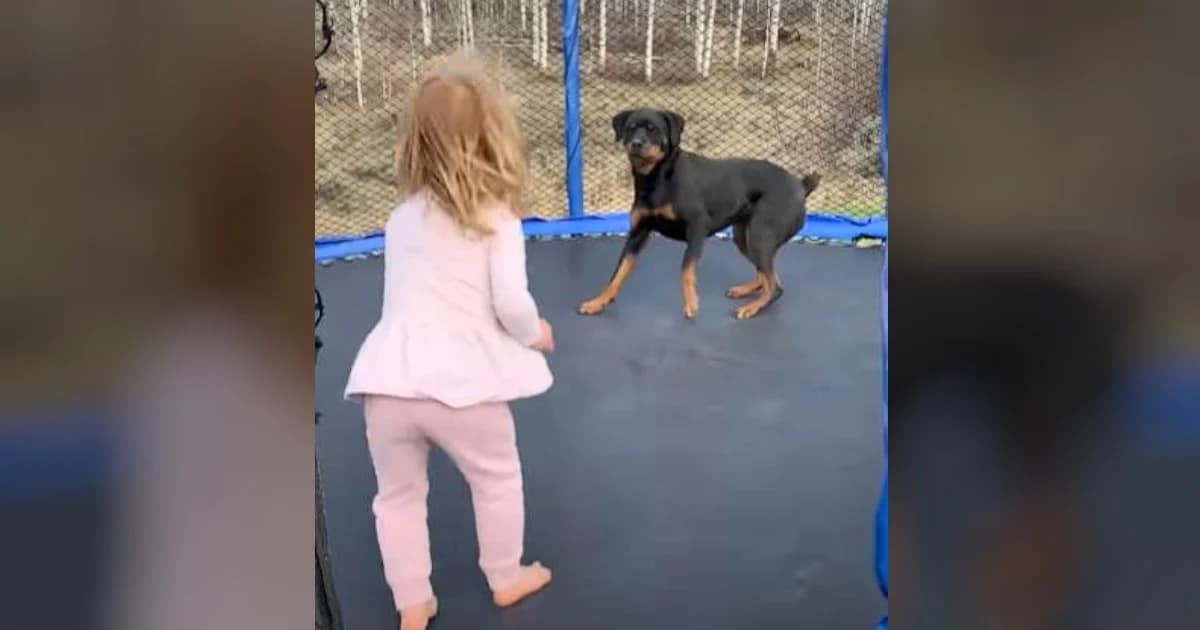
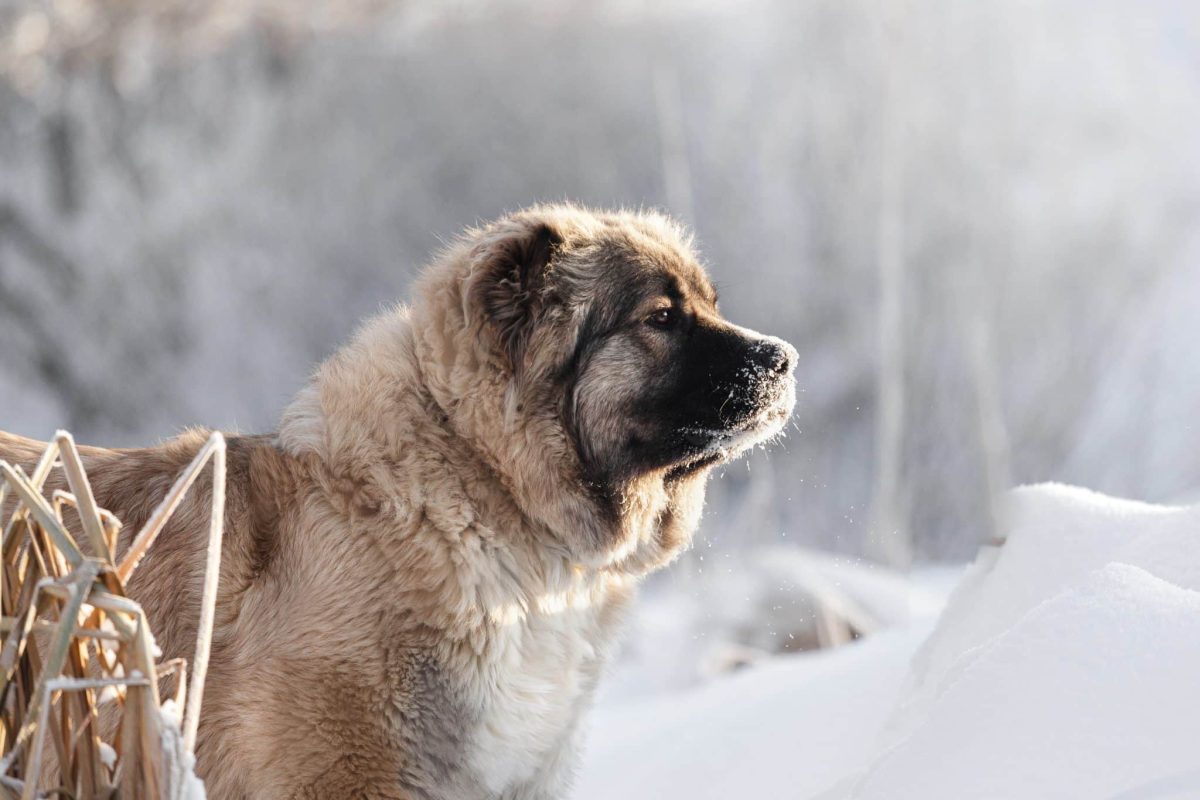
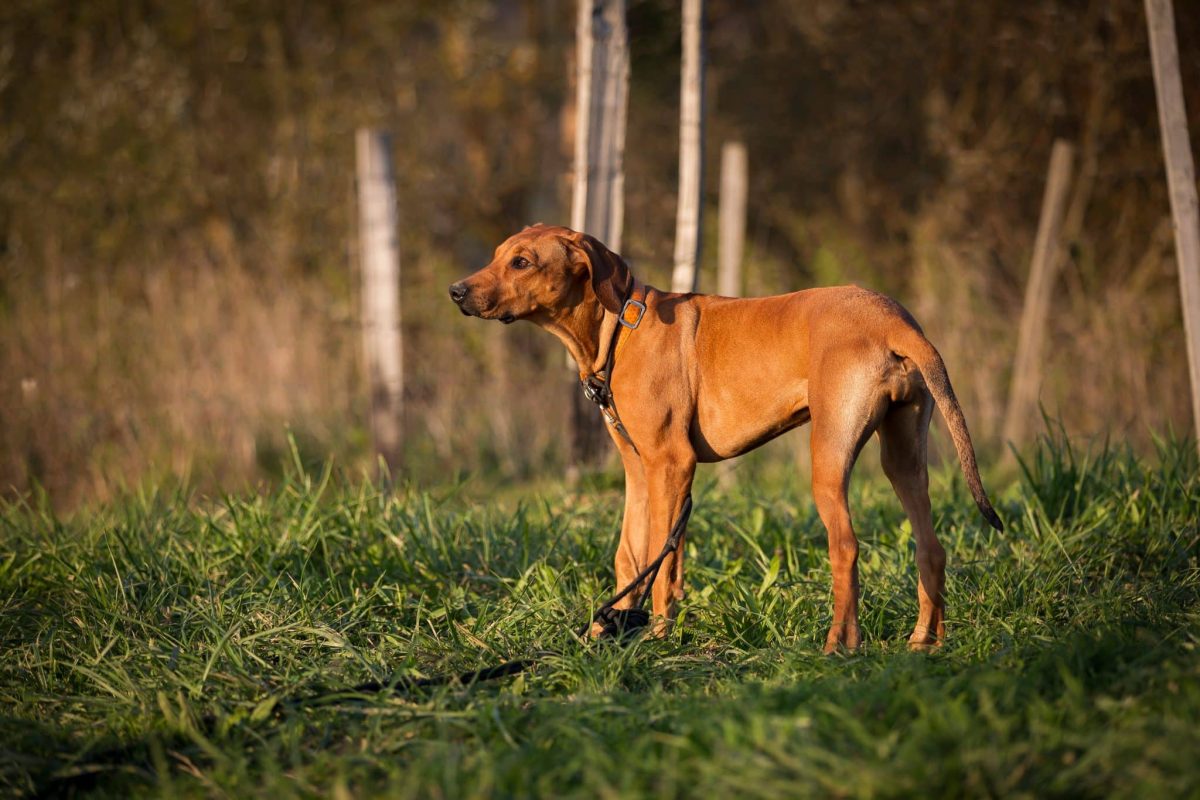
 English (US) ·
English (US) ·